Munchkin cat
Want to become the proud owner of an unusual pet? Pay attention to the Munchkin! This cat-dachshund causes surprise, admiration and joy. Let's take a closer look at this unique representative of the feline world.
- Origin of USA, Weight 1-4 kg., Weight 10 - 20 kg.
- Lifespan 10-15 years
Popularity
Wool length
Size
Health
Mind and wit
Name of the breed: Munchkin cat
Fit for allergics: No
For families with children: Yes
Difficulty of care: No
 Interesting facts about the munchkin breed
Interesting facts about the munchkin breed
- These cute creatures got their name in honor of the fictional dwarf people from the work of LF Baum “The Amazing Wizard of Oz” by Lyman Frank Baum.
- The breed was not bred artificially, so the shortened limbs do not negatively affect the health of the cat. So no need to feel pity at the sight of this creature and limit it to movement.

- Munchkins are very curious, so valuable items (in particular, brilliant things) in the house are best hidden as high as possible so that they cannot be reached.
- The short-haired gene is dominant, so when you cross a dachshund with an ordinary domestic cat, more of the squat animals are born than the standard ones.
- Currently, there are many dwarf hybrids derived from this breed: sphinx (Minsk), skukum, genet and others.
_120x126.jpg) The origin of the munchkin - a cat similar to a dachshund
The origin of the munchkin - a cat similar to a dachshund
Munchkin is a cat breed that originated in the United States in 1983, but was officially recognized only in 1991. Short paws are the result of spontaneous mutation in the growth hormone receptor gene. Such a gene had a kitty named Blackberry, found on a street in Louisiana.
A compassionate woman sheltered her, and then crossed with an ordinary cat. And from this union born charming babies, who also had short legs.
 Description breed Munchkin
Description breed Munchkin
Immediately, we note that breed standards are very blurred. Against the background of small legs, the body seems elongated, although its length is quite standard (16-18 cm). The spine has the same flexibility as a feline with ordinary limbs. Since the Munchkin's hind legs are slightly longer than the front ones, the croup is slightly raised. The tail length corresponds to the proportions of the body.
- Adult height: 14-16 cm.
- Body weight: 2-5 kg.
On the muscular neck, there is a proportional body, but a rather wide wedge-shaped head with high-set ears, which are rounded at the tips. The transition from the forehead to the nose is smooth. The nose is medium, the eyes are very large and bright, in the form of a walnut or almond. Their color is any, it is allowed and heterochromia (disagreement).
Coat is both long and short, of different texture (silky, shiny) and of any shade, including any pattern. Nowadays, a rare marble color is especially appreciated.
In addition, one more interesting feature can be found in the Munchkin's description: thanks to the unique anatomy, the beast is able to stand on its hind legs for a long time, or rather, it just sits on the croup and, resting its tail, perfectly maintains balance.
By the nature of the pet gentle and sociable, has a sharp mind, therefore, among the five most intelligent cats. Short legs do not prevent him from actively moving and easily jumping on pieces of furniture.
_120x129.jpg) Features content and competent care munchkin
Features content and competent care munchkin
With proper care, the munchkin lives from 12 to 20 years. Representatives of this breed are distinguished by good health, but they are subject to a genetic disease, which is called lordosis (lordosis) - a pathological curvature of the spine. In this disease, the vertebral column descends to the chest. Therefore, the health of the back must be monitored very carefully.
Wool does not need painstaking care. It is enough to comb it 1-2 times a week. Long-haired pets sometimes have mats that unravel in a timely manner.
Standard hygiene procedures are also important: cleaning the eyes with cotton pads, cleaning the ears with a special lotion to prevent ear mites. For stitching claws get claw head.
_120x106.png) Proper nutrition of a cat with short legs.
Proper nutrition of a cat with short legs.
Since the weakest points of this squat animal are the back and legs, special attention is paid to the muscles. Protein takes an active part in their construction, so the food should be high in animal protein - at least 70% of the total diet.
And keep in mind: a bowl and a cat tray with short legs should be low so that the mustache does not feel discomfort.
Do you like this breed? Choose a suitable offer on PetGlobals.com!
We collected the advertisements from all around the world and placed them on international platform for buying/selling pets. Only on our Web-site you can find the most rare breeds of cats and dogs!
Advertisements for buying/selling cats
Advertisements for buying/selling dogs
With help of PetGlobals.com your future pet is closer to you!
Backyard Cat KATTA 33901 28 April 2025 - 21:40
hello i was wondering, do you have 2 munchin cats, one boy and one girl , if you have. the smaller they are is better , like a kitty. and whats the price for exsaple 2 stk inc transportation to my contry its Norway .
 Select language
Select language 





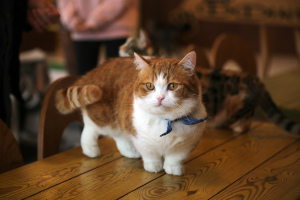
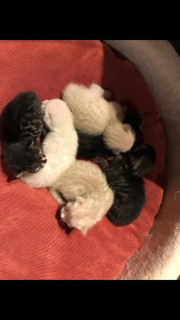
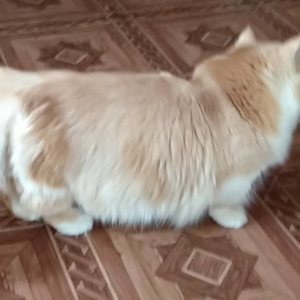
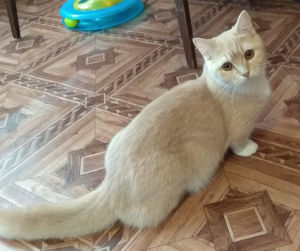

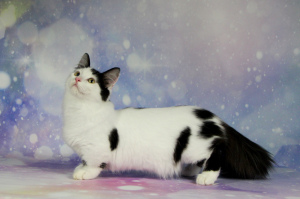
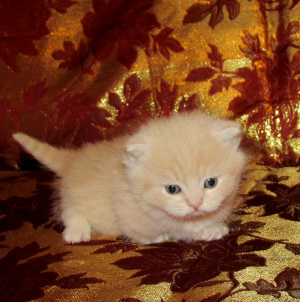
.png)
